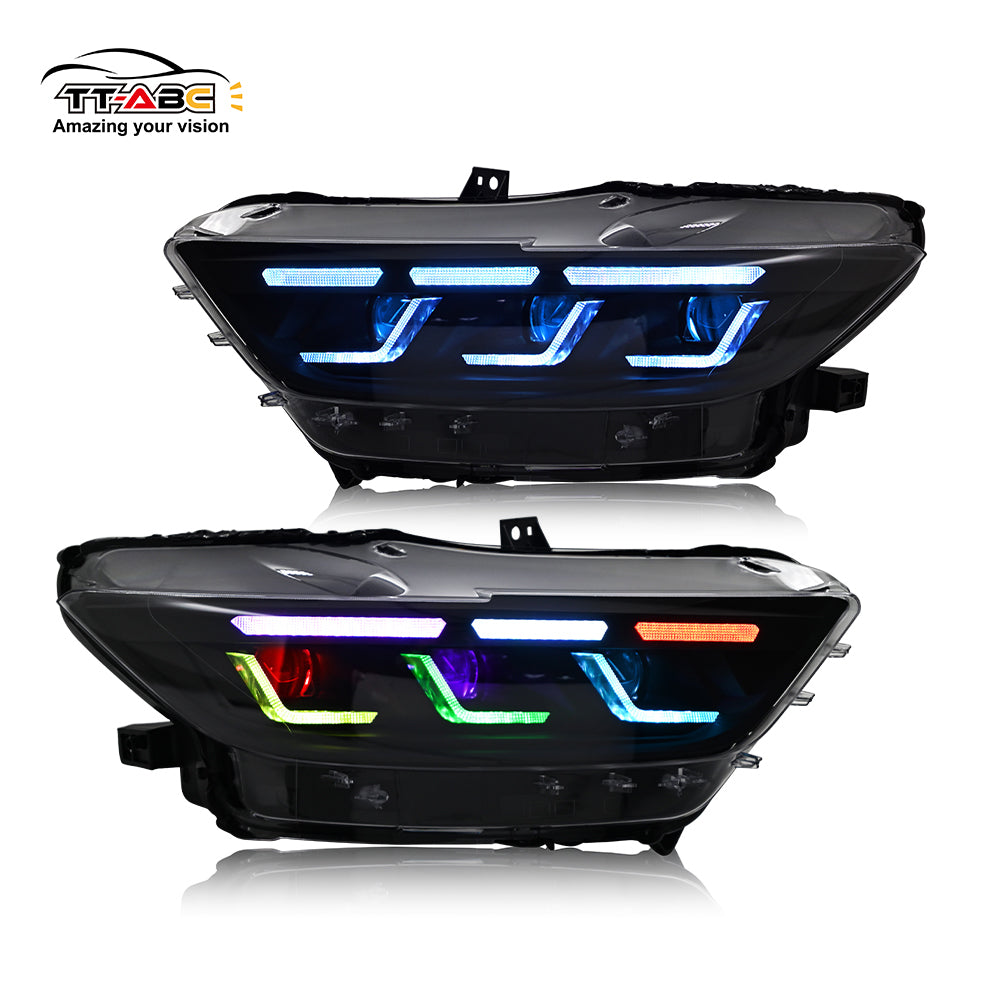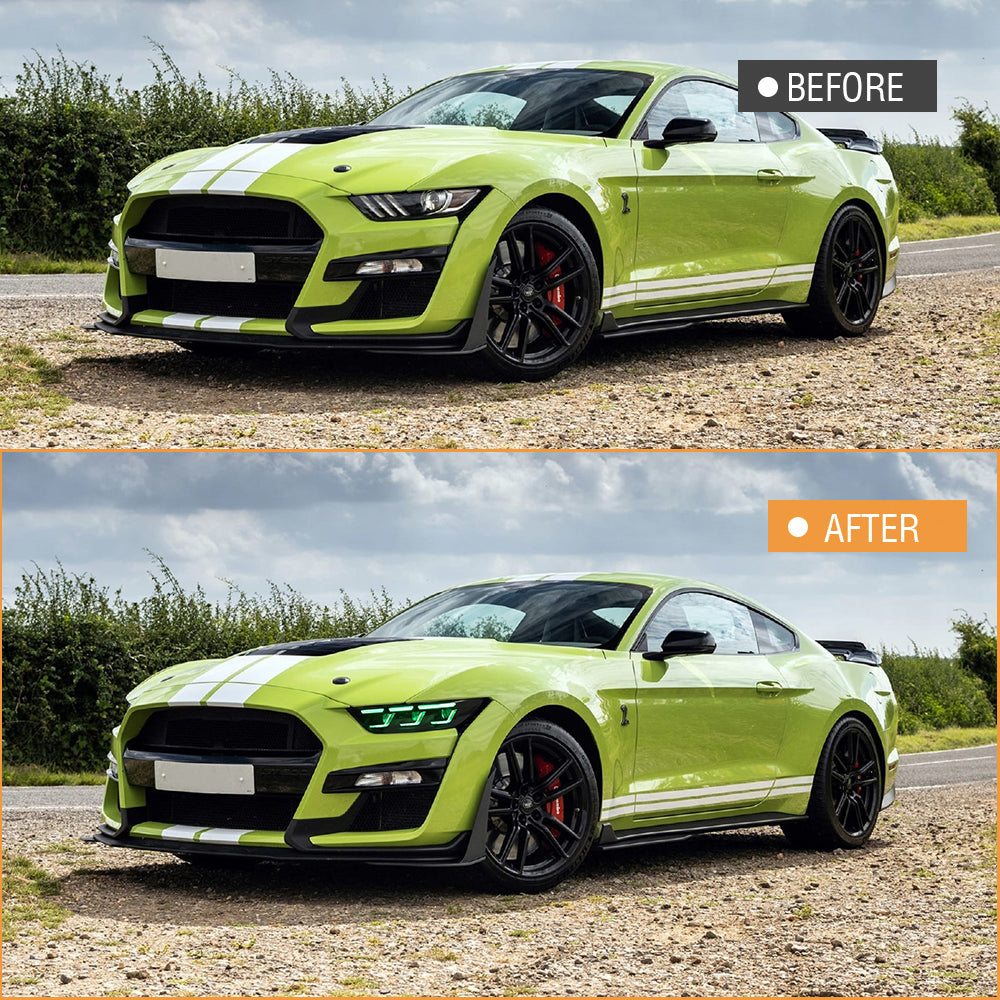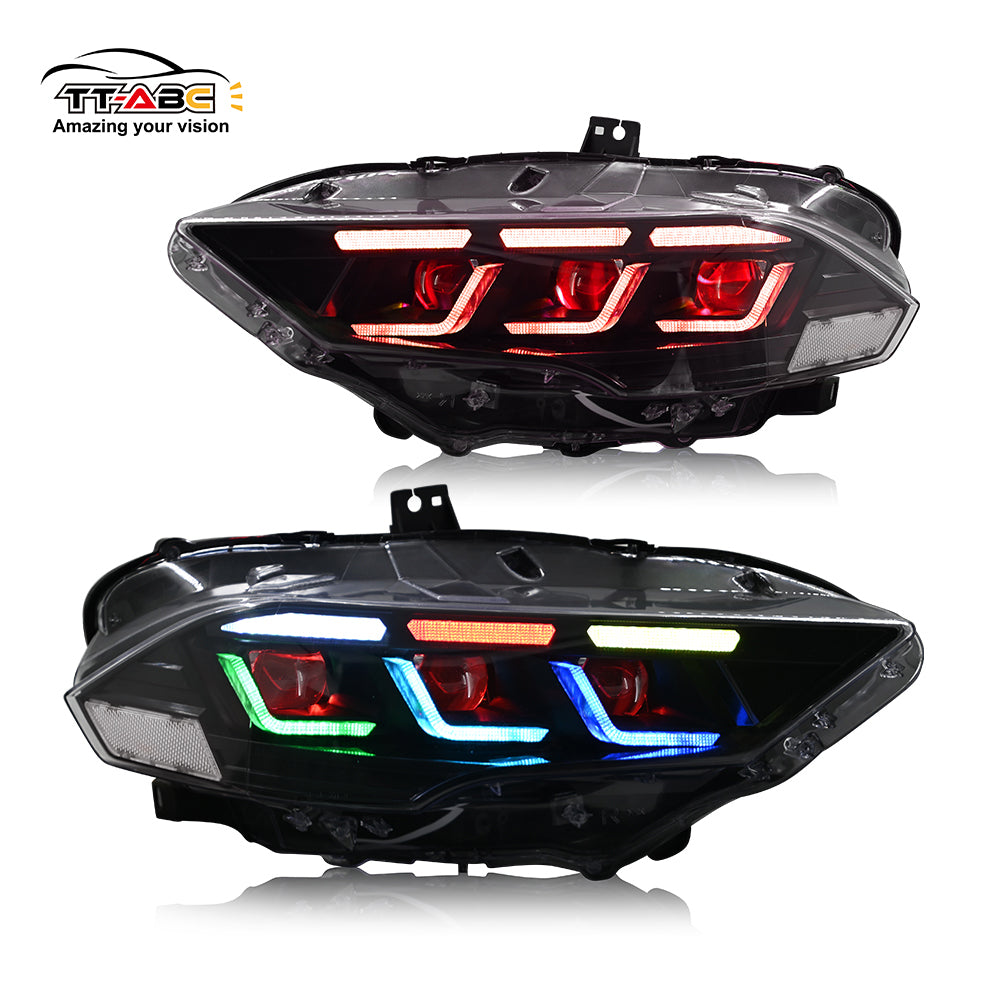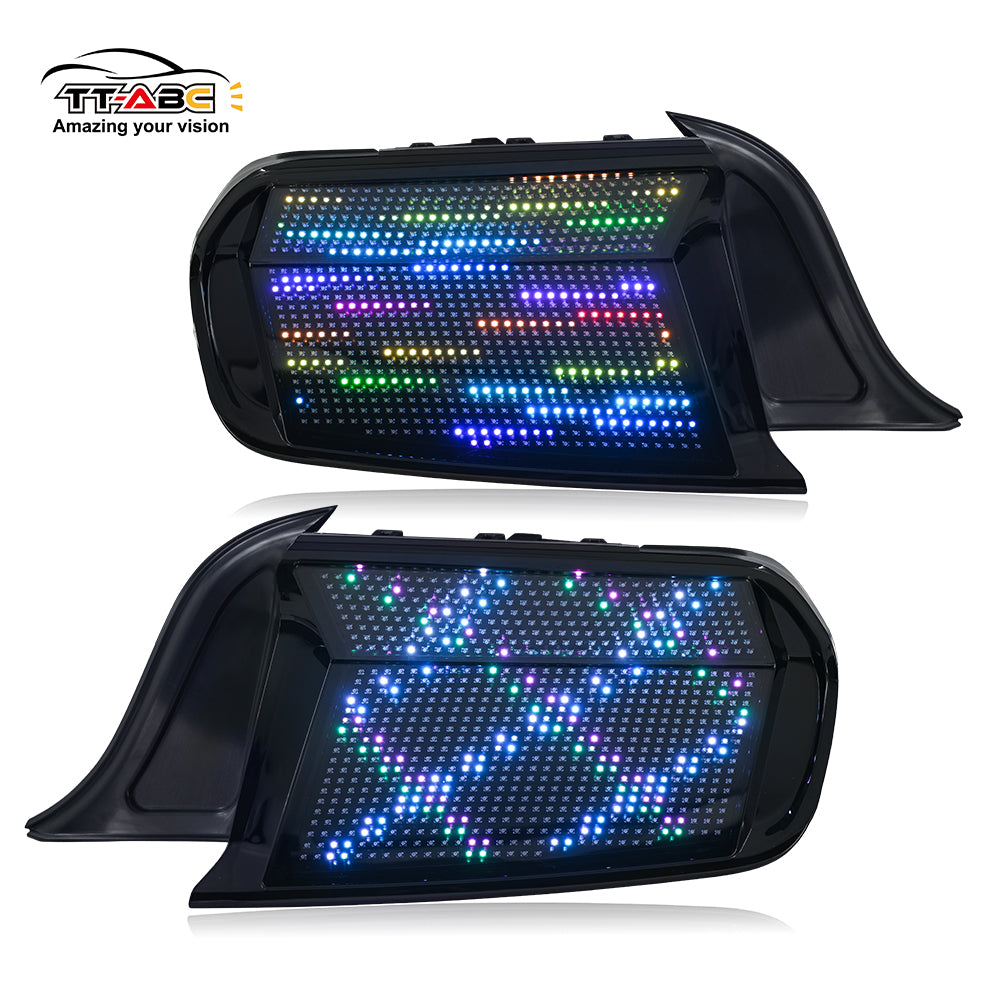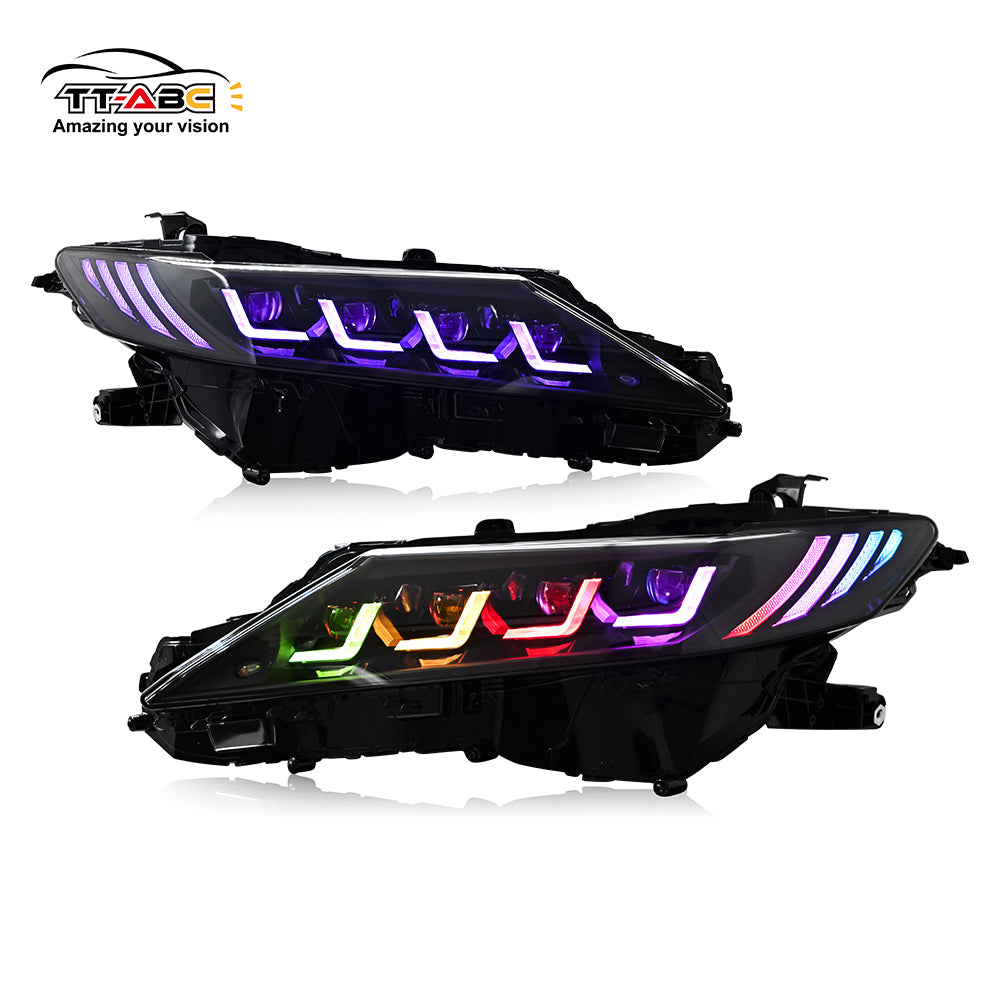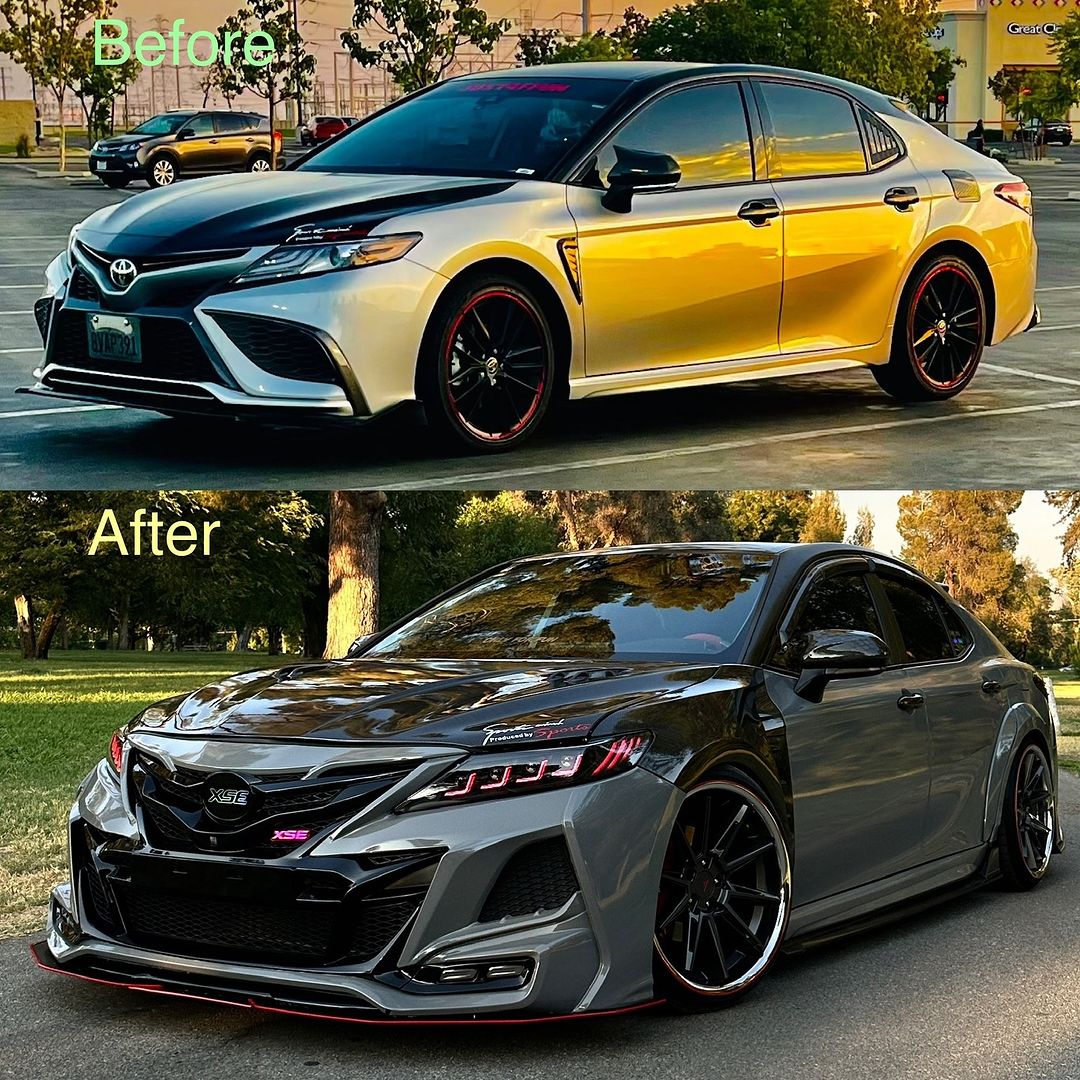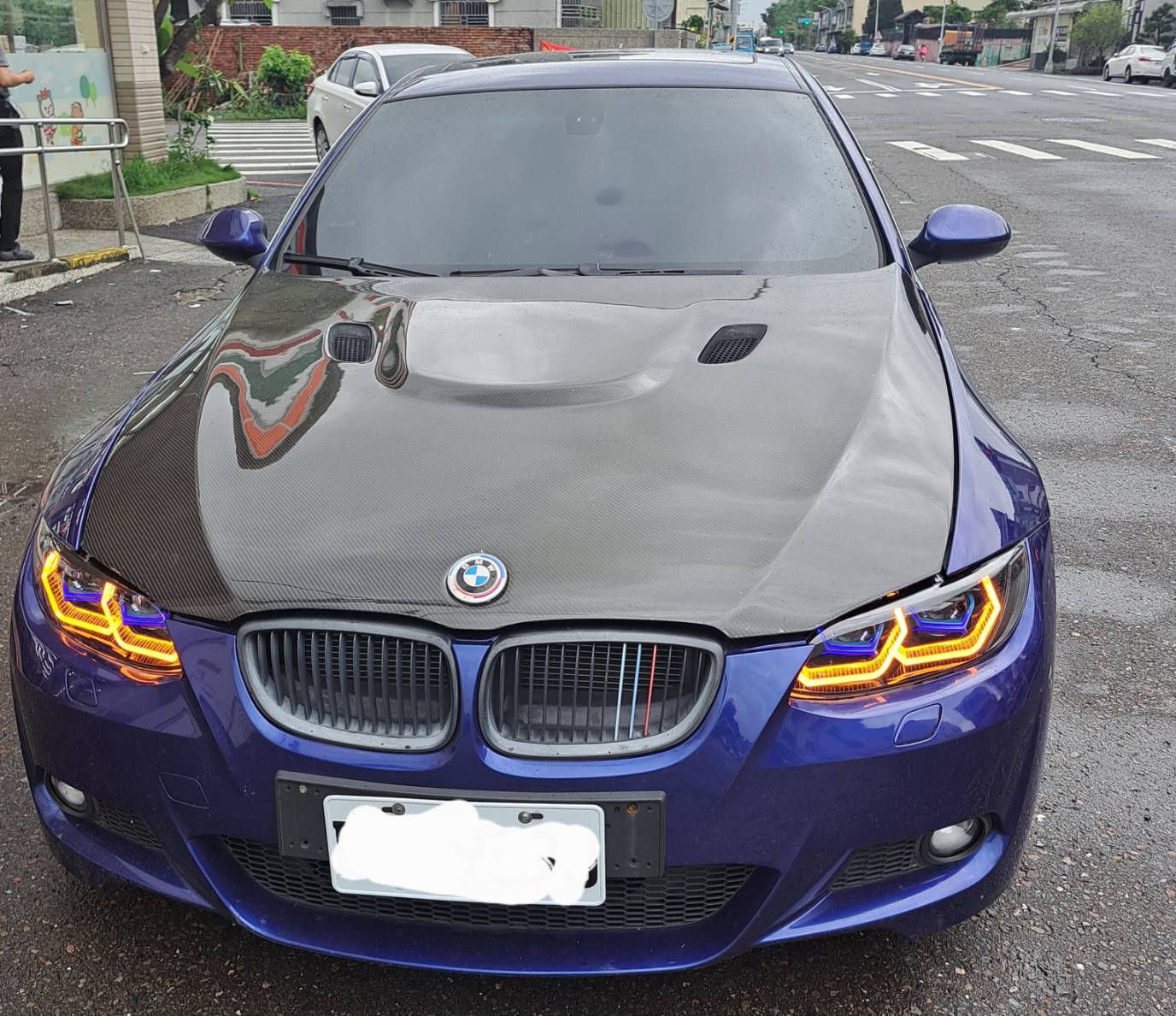Cars have become a familiar means of transportation in our daily life. We also know a little about car headlights. Car headlights, also known as lighting, are the focus of all lights in the vehicle and the heart of the car. The headlights will become weapons in the hands of the driver, using the headlights to prompt the driving behavior of other vehicles. Rational use of headlights should turn into low beams when meeting vehicles, and return to high beams in time after meeting vehicles. When passing intersections and overtaking, it should be prompted by changing far and near beams.
So how exactly are headlights constructed? Please follow the editor to find out.
If the headlight assembly is dismembered, it can be roughly divided into several parts, such as the hood, reflector, light distribution mirror, etc. (The following description is for closed headlights)
1. Structure of car headlights - hood
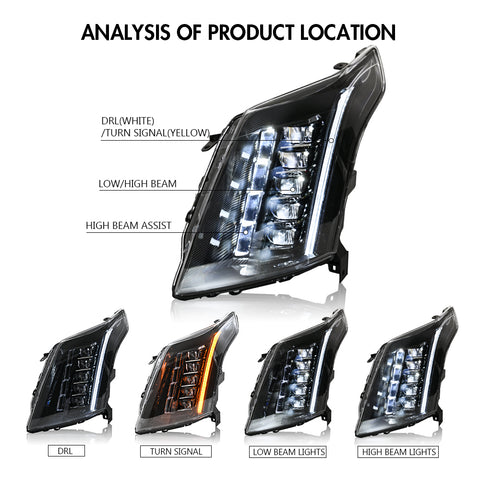
Introduction to the structure of motor vehicle headlights - with driving
A light hood (light shield) is equipped in the vacuum wick above the front of the filament. Its function is to block the upward direct light when the filament is lit. If the upward light of the headlight of the car is not blocked, it will cause serious dazzling to the driver of the oncoming vehicle, and these scattered lights will also form a light curtain in front of the car in rainy or foggy environments, making the vehicle The driver's visibility is reduced.
2. Structure of car headlights--reflector
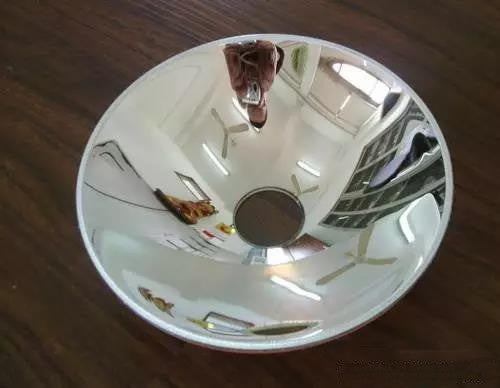
Introduction to the structure of motor vehicle headlights - with driving
Most of the closed vacuum wick reflectors are paraboloids formed by parabolic rotation. In the production process of the reflector, the vacuum coating process is used to evaporate and coat aluminum on the inner surface, which has extremely high brightness, which can make the reflected light more than 6000 times brighter than the filament itself.
3. Structure of car headlights - light distribution mirror
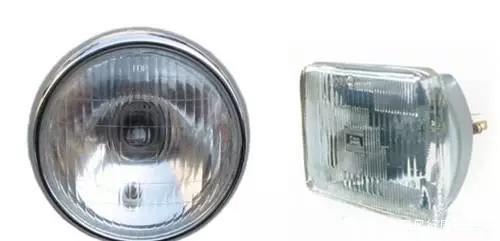
Introduction to the structure of motor vehicle headlights - with driving
It plays a protective role for the entire headlight assembly. The light beam formed by the light source of the car headlight through the reflector is difficult to meet the requirements of the regulations on the headlight, and the light distribution mirror is also required to change or widen the light beam. Or narrow, so as to form the required lighting in front of the car, this function is completed by the headlight lens (headlight glass). The light distribution lens of the headlight is composed of many small prisms with unevenness. It can refract and scatter the light reflected by the reflector to make it meet the light distribution requirements of the headlamp, and at the same time diffuse part of the light to both sides to widen the illumination range of the headlamp in the horizontal direction, and obtain desired light distribution effect. Some car headlamps only rely on the special structure, complex shape and high machining accuracy of the reflector to meet the light distribution requirements, but the design, calculation, mold accuracy and processing technology of this reflector are still very difficult to produce. of.
The illumination effect of the light also depends on the illumination angle to a certain extent, and the light adjustment device can exert its maximum potential.
4. Structure of car headlights - where does the water in the headlights come from
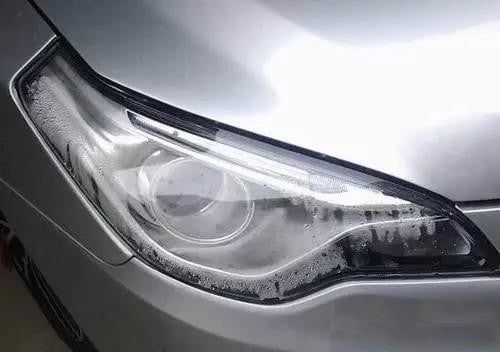
Introduction to the structure of motor vehicle headlights - with driving
After looking at the structure of the headlights, let's take a look. In fact, there is a lot of moisture in the air, and this is closely related to the water vapor formed in the headlights. At this time, your question comes, isn't the whole lampshade sealed? How can moisture in the air get in?
The lampshade as a whole is indeed sealed, but this does not mean that the interior of the lampshade can be isolated from the world like a vacuum package. Heat, so from the point of view of heat dissipation, there will be a hand on the lampshade.
Some headlights will have a ventilation hole at the back. However, this ventilation hole will not be exposed naked. It may be treated with a rubber ventilation pipe. The heat can be discharged, so that the lights are always in a relatively stable environment. It is this ventilation duct that allows the moisture in the air to enter the interior of the headlight and be adsorbed on the surface of the lampshade.
Summary: Bulbs with different functions have different specifications. Even if the functions are the same, the types will be different. The lamp holder is comparable to it, because different types of lamp holders mean different series of bulbs for manufacturers. product.











